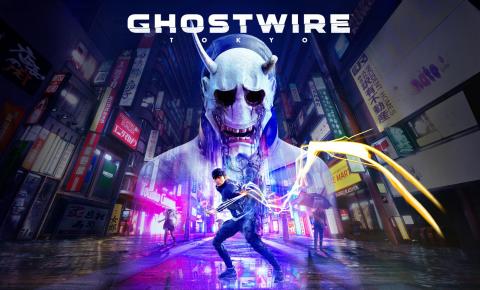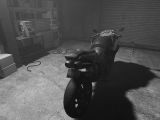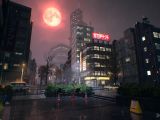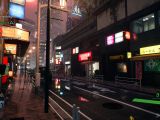Tango Gameworks’ latest game is a slight departure from the developer’s typical horror titles, but not by much. Ghostwire: Tokyo is an action-adventure game with horror elements that draws inspiration from the Japanese folklore.
In Ghostwire: Tokyo you die before the game even starts, but that’s part of the game’s main plot. As your body lies dead on Tokyo’s iconic Shibuya Scramble Crossing, a shadowy spirit is trying to take command of it.
The catch is that by trying to merge with the body, the spirit brings back the protagonist from the dead as well. The unusual merger between the two gives Akito Izuki, the game’s main character, supernatural powers that he must learn to master in order to survive an onslaught of malevolent creatures that have taken on Tokyo’s streets.
The unlikely duo has different motivations and more or less noble goals, but they’re stuck together and forced to team up if they want to achieve those goals. KK, the spirit that Akito owes his second life, is seeking revenge, while the protagonist is just looking to save his sister from the clutches of a mysterious cult.
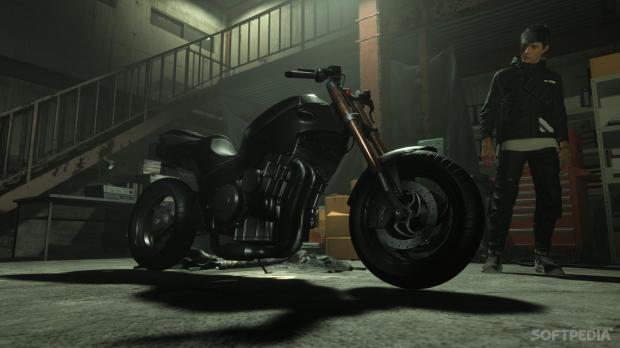


Ghostwire: Tokyo isn’t a game that stands out for its narrative. Although there are more than just two characters in the game, the other ones get too little “on-screen” time to even worth mentioning. When you’re not killing yokai, supernatural creatures and spirits in Japanese folklore, on the streets of Tokyo, you’re trying to reveal more of the game’s map by cleansing corrupted Torii gates.
The entire Tokyo is covered by a lethal fog that can only be removed by cleansing these Torii gates that are usually guarded by several frightening yokai. Once a Torii gate is cleansed, various secondary missions and “treasures” appear on the map. It feels like you just synchronized with a vantage point in Assassin’s Creed.
Despite the fact that you’re fighting throngs of horrendous-looking creatures, Ghostwire: Tokyo isn’t particularly frightening. However, the atmosphere is eerie and halfway through, the game becomes really depressing.
Everything in Ghostwire: Tokyo has to do with death to the point that I had to frequently stop playing the game just to readjust my mood. It’s quite unusual for a game to be good, yet hard to enjoy at the same time. I don’t remember playing a game that fatigues you after just a few hours of gameplay.
Although Ghostwire: Tokyo encourages players to explore the map as much as possible for extra tidbits of lore, the feeling of repetition becomes prevalent after completing several side-quests. What’s worse is the quality of these side missions is not consistent, so you never know if it’s worth spending time completing one or not.
On the bright side, I’ve never felt underleveled when taking on some of the final story missions, even though I finished probably a dozen side-quests. Despite the fact that everything in the game revolves around death, I really loved the idea of using your hands to repel spirits and, ultimately, send them back into the void.
There are no weapons in Ghostwire: Tokyo, the only weapon is Akito, who is using his fingers to conjure the supernatural powers gained after merging with the spirit of KK. Combat is fluent and surprisingly smooth, but the main downside is that you’re pretty much dead if you try to take on multiple enemies at once. Although it plays almost like an FPS (first-person shooter), movement, camera and control seem terribly sluggish in comparison with the speed with which Akito executes his abilities.
It feels like a half-baked combat system that, while innovative, lacks the smoothness you’d expect from a game designed by Tango Gameworks. Fortunately, that’s probably the only major issue I had with the game, despite the subpar story and the way events unfold.
The accurate recreation of Tokyo in the game is astounding, albeit not as populated. I wished all parts of the city would have been explorable right from the get-go, but I can understand the reasoning behind the Torii gates that basically “gates” the exploration based on your level.
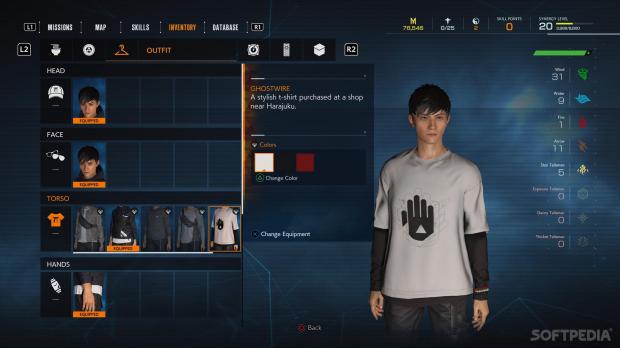


The Good
- Solid worldbuilding
- Satisfying combat mechanics
- Varied, interesting abilities
- Wide range of enemies
The Bad
- Lackluster story
- Can become depressing
- Side content is a mixed bag
Conclusion
The story is there just to make you mildly interested in the game, which is kind of disappointing. Such an interesting world truly deserves much more exposition and deeper characterization of the cast, but if you’re looking for these traits in Ghostwire: Tokyo, you’re not going to find them. What you’ll find though is an interesting eerie world and lots of Western-like gunplay where you’ll be using your fingers to spit out psychic abilities rather than bullets, and that’s perfectly fine.
Review code provided by the publisher.
 14 DAY TRIAL //
14 DAY TRIAL // 